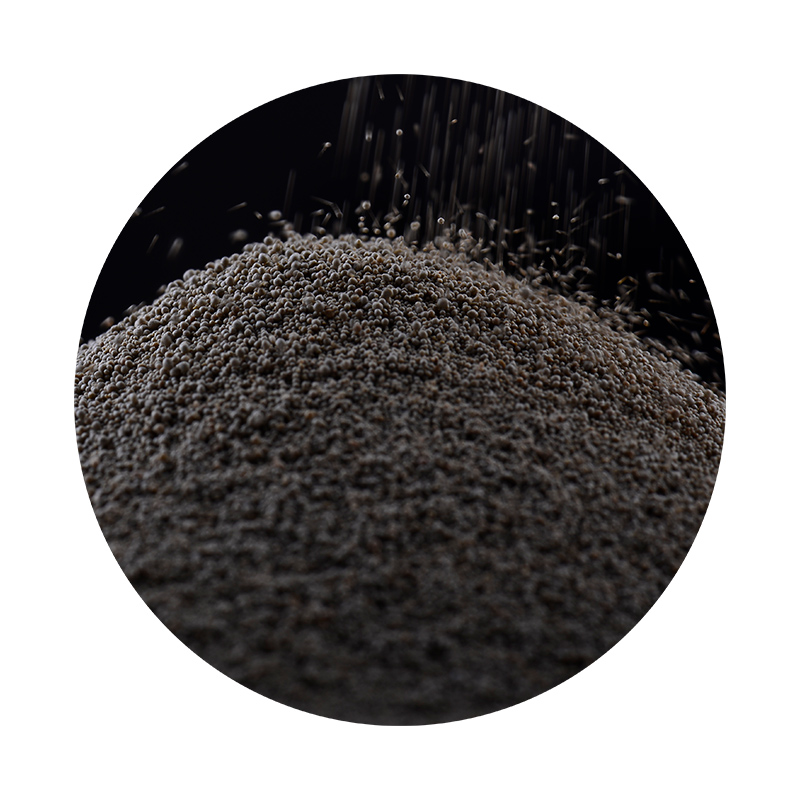Sand Casting Technology An Overview
Sand casting, also known as sand mold casting, is one of the oldest and most widely used metal casting techniques in the manufacturing industry. This versatile process is renowned for its ability to create complex shapes and large parts, making it an essential method for producing a wide variety of components ranging from automotive parts to intricate machinery.
The sand casting process begins with the creation of a mold, which typically consists of a mixture of sand, clay, and water. The bonding properties of clay allow the sand grains to adhere to one another, forming a durable mold capable of withstanding the high temperatures of molten metal. The common type of sand used is silica sand due to its high melting point and abundance.
To fabricate the mold, two halves are created the cope (top half) and the drag (bottom half). Once the sand mixture is compacted into a mold box, the two halves are aligned precisely, creating a cavity that mirrors the desired shape of the final product. A pattern, usually made of metal, wood, or plastic, is placed within the mold to form this cavity. After the mold is prepared, it is time to remove the pattern, leaving behind a negative impression of the intended part.
Molten metal is then poured into the empty cavity of the mold. The temperature and composition of the molten metal are crucial, as different alloys respond differently during the cooling process. As the metal solidifies within the mold, it takes on the shape of the cavity, creating the final casting. This stage requires careful monitoring, as any inconsistencies in temperature can lead to defects such as porosity or uneven surfaces.
sand casting technology

Once the metal has cooled and solidified, the mold is broken apart to retrieve the casting. This demolding process often involves shaking, vibrating, or manually breaking the sand to release the finished part. While this method can be labor-intensive, the casting produced is often of high quality and intricate design. Post-processing steps, such as trimming, polishing, and machining, may be necessary to achieve the desired specifications.
One of the significant advantages of sand casting technology is its ability to accommodate large and complex geometries that would be difficult or prohibitively expensive to fabricate using other methods
. It is also adaptable to various metals, including iron, steel, aluminum, and copper alloys. This flexibility in material selection allows manufacturers to tailor their products to meet specific requirements, whether they require high strength, lightweight, or corrosion resistance.Moreover, sand casting is highly cost-effective, especially for low to medium production volumes. The cost of pattern making is relatively low compared to other methods, and the reusable nature of the sand reduces long-term expenses. However, it is important to note that the surface finish of sand-cast parts is generally not as polished as that produced by other casting methods, which may necessitate additional finishing processes in high precision applications.
In recent years, advancements in technology have further enhanced the capabilities of sand casting. The integration of computer-aided design (CAD) and computer simulation software has improved the design and efficiency of molds, allowing for greater precision and shorter lead times. Automation in the mold-making process also contributes to increased consistency and quality control.
In conclusion, sand casting technology plays a pivotal role in modern manufacturing, offering a unique combination of flexibility, cost-effectiveness, and the ability to produce complex shapes. As industries continue to evolve, the adaptability of sand casting positions it as a valuable method for both traditional and innovative applications in the manufacturing sector. With ongoing advancements, it is poised to remain a cornerstone of production methods for years to come.
Post time:Aug . 06, 2024 09:51
Next:Exploring the Benefits and Techniques of Metal Sand Casting for Industrial Applications
